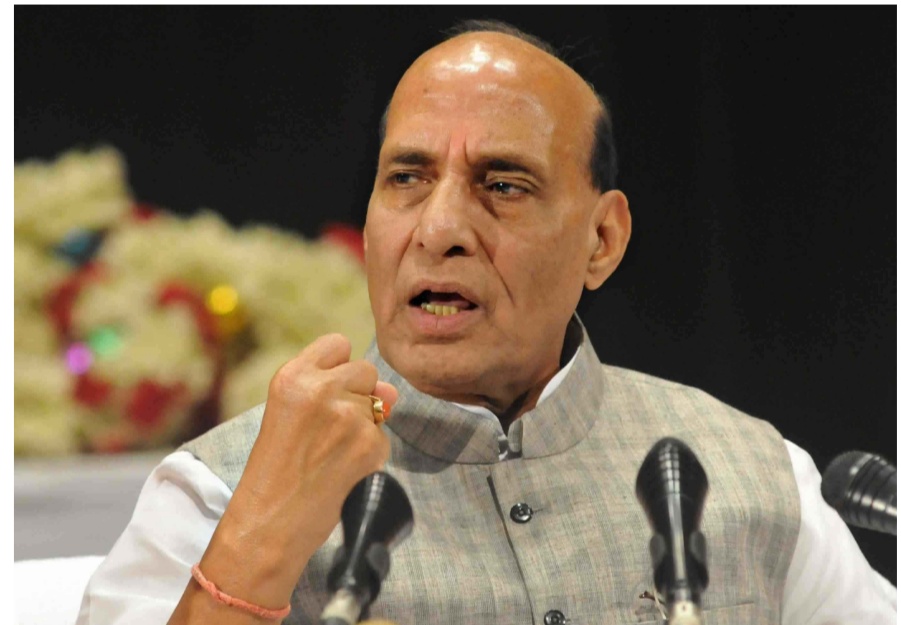After Tejas, Now Orders For Improved Arjun Main Battle Tanks

Prime Minister Narendra Modi will symbolically hand over the first 118 Arjun MK-1A main battle tanks (MBT) to army chief General MM Naravane at a function in Chennai on Sunday. This will clear the path for the army to formally place orders for the production of the final batch of Arjun MBTs worth Rs 6,600 crore.
The orders for Arjun tanks follows the February 3 award of a contract for 83 TEJAS aircraft to Hindustan Aeronautics Ltd (HAL). The contract is worth Rs 48,000 crore- the largest placed on any Indian defence firm and was cleared by the Cabinet Committee on Security on January 13. The government has identified indigenous contracts as being a key to jump start indigenous industry and achieve self-sufficiency in defence, the Atmanirbhar Bharat initiative launched last April.
Defence Minister Rajnath Singh said at Aero India last week that the government would reduce imports by Rs 14,000 crore by the end of 2022.
The Arjun Mk1A is the improved version of the Arjun Mk1 made by the DRDO’s Combat Vehicles Research and Development Establishment (CVRDE). DRDO Chairman Satheesh Reddy will hand the first Arjun MK-1A to Prime Minister Modi. The tanks will be produced by the OFB’s Heavy Vehicles Factory Avadi and the first batch of five MBTs will be handed over to the army within 30 months of signing of the contract.
The Army currently operates two regiments of 124 Arjun MK-1s which are positioned in Rajasthan. Having many shortcomings, the Army refused to place further orders. The CVRDE then completed development of the Arjun MK-2 in two years, by 2012.
The Rs 6,600 crore order for additional 118 tanks was cleared by the DAC in 2014 but the order was not placed. Army just refused to accept sub standard tanks. The project was in a limbo since 2015 as the army stood its ground in spite of all kinds of political pressures. More T-90 medium tanks were ordered from Russia to meet the operational requirements. In 2019, the army ordered an additional 464 T-90s worth close to Rs 14,000 crore.
Finally the Arjun MK-2 was renamed the Arjun MK-1A in 2018 because in spite of many improvements it was yet to meet all the requirements like the ability to fire a missile from its main gun and a battlefield management system. The Arjun MK-1A finally cleared all trials in 2020 and has been awaiting an order since then. These tanks are also being assembled at the Heavy Vehicles Factory Avadi.
This order of 118 tanks will be the last orders for the 68-ton Arjun, unless the Mk2 version is a lighter one at around 50 tons. The army’s refocus on the northern borders with China following the ten-month standoff with the PLA will mean a requirement of a tank below 50 tons.
“Light and medium tanks have an advantage in multi-spectrum deployability, employability and capability in the varied terrain that the army operates in,” says Lt General AB Shivane, former Director General mechanised forces.
The Indian Army had already set its sights on acquiring light and medium tanks even before the PLA moved into eastern Ladakh with its mechanised columns including tanks and infantry combat vehicles. Army officials cite the Arjun’s 68-ton weight as the reason it has limited mobility along roads and bridges along the rugged northern areas. The requirement for light tanks which could operate in the mountains is at least a decade old, it was revived more recently after the PLA’s Type 15 light tanks appeared on the Tibetan plateau.
Armoured vehicle experts say the experience gained from the production of 118 Arjun MK-1As will help the development of future armoured vehicles. “Over the next five years Indian defence industry will be entirely self-sufficient in all aspects of armoured vehicles, from engines to transmissions and gunner sights and electro-hydraulic gun control systems. This will allow us to roll out future combat vehicles at a much faster rate,” says S Sivakumar, former Director, CVRDE.
The test case for this would be army programs like the Future Ready Combat Vehicle (FRCV) and the Future Infantry Combat Vehicle (FICV). The FRCV is to replace the Indian army’s fleet of nearly 3000 T-72 and T-90 tanks while the FICV will replace the nearly 1600 Russian BMP-2 Infantry Combat Vehicles in service.




